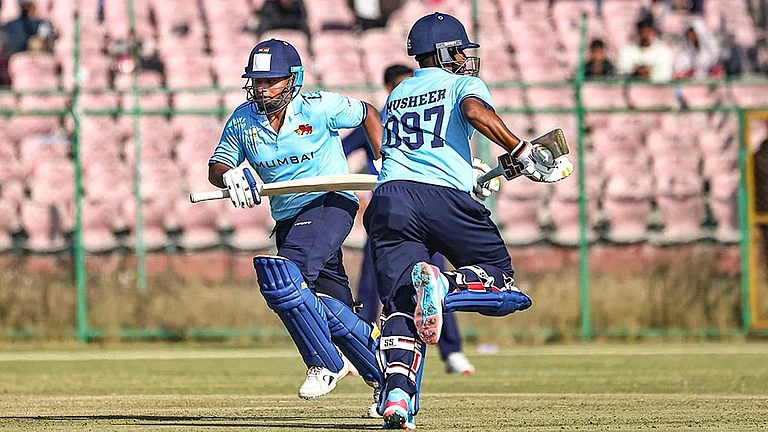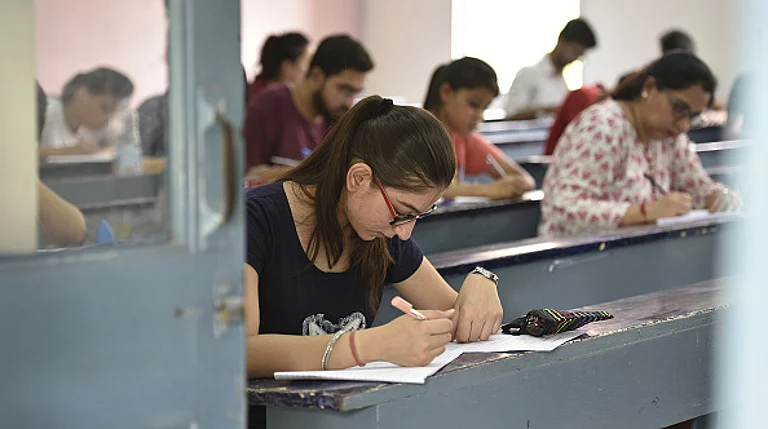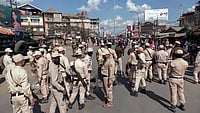As the air quality in the national capital exceeds the National Ambient Air Quality Standards (NAAQS) during the winters, stubble burning remains a “significant contributor” to Delhi's unbreathable air in October and November, a research study by the Centre for Research on Energy and Clean Air (CREA) said.
It further said the causes behind Delhi's unbreathable air include a “lack of emission control technologies” in major sources of pollution, vehicular emissions, and episodic events of stubble burning, making the city's air quality extremely hazardous.
"With the rains between 5 and 11 October giving Delhiites a brief respite from air pollution, the city's ambient air quality has deteriorated significantly since then and will continue to do so with winter fast approaching,” the study said.
It said the same or even higher pollution levels are expected across other cities and rural areas nearby Delhi, including Gurgaon, Ghaziabad, Noida, Faridabad, Panipat, Ambala, Amritsar and Jalandhar.
The study further stated that apart from the monsoon months (July-September), Delhi's ambient air pollution is "significantly higher" than the annual and daily PM2.5 standards set by the Central Pollution Control Board (CPCB) in India.
CREA suggests that the air quality in the national capital deteriorates between the last week of October to mid-November and that the worsening air quality can be attributed to stubble burning for 15-20 days (between the last week of October and mid-November) and firecrackers around the Diwali festival celebrations in addition to the existing sources.
"With Diwali coinciding with the start of the peak intensive biomass burning, the air quality is expected to be worse this year. State agencies should take immediate precautionary measures, including assisting farmers in better managing the straw generated from the year's harvest. This needs to be on a war-footing basis as farmers need to clear the straw in the small window between harvesting padding and sowing wheat," CREA said.
It said that to manage the annual air pollution crisis better, government agencies “must engage with farmers” and “advocate alternatives” to stubble burning.
"Some interventions include promoting polyculture in farming, better minimum support price (MSP) for other crops, changing paddy sowing patterns and in-situ and ex-situ stubble management. These interventions also generate similar or even better profits for the farmer while significantly reducing stubble burning,” it said, adding that farmers should be given multiple options to reduce stubble burning.


























